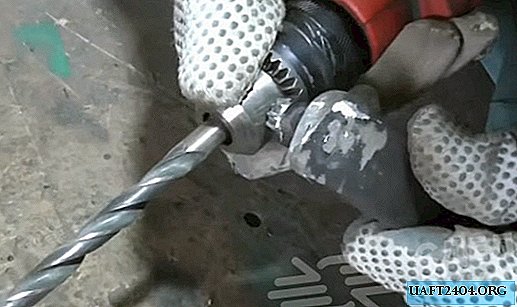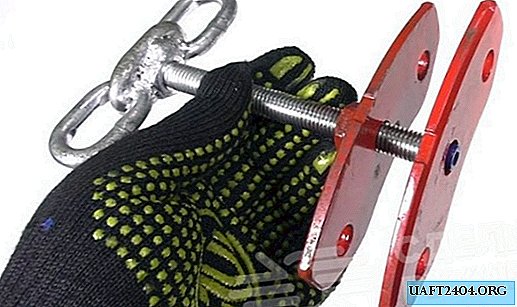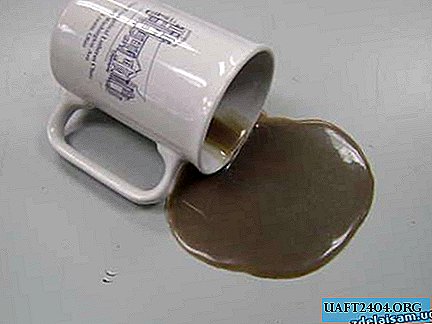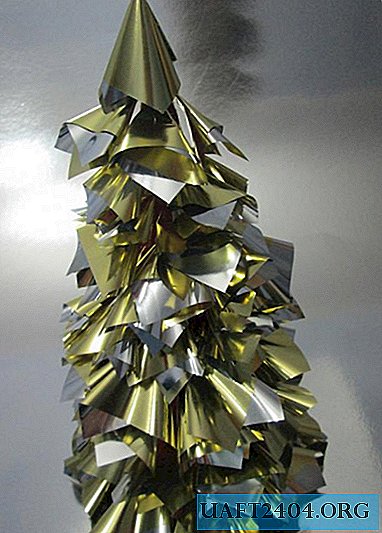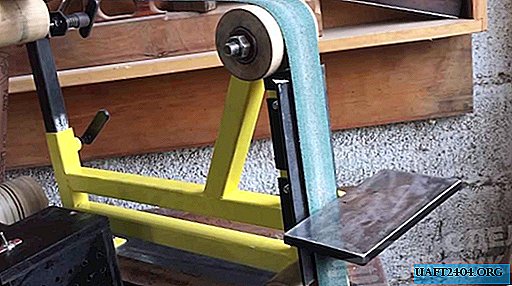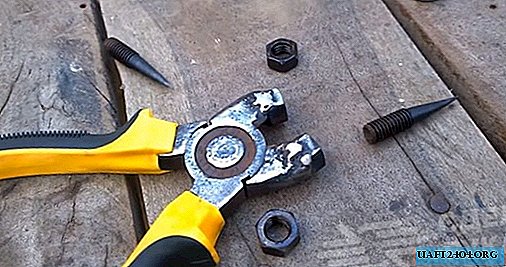Share
Pin
Tweet
Send
Share
Send
Ingredients for 1 bookmark:
• 3-4 graylings of 300-400 g each (small lenoks are also great);
• salt to taste.
We gutted graylings, remove the gills. You do not need to clean the scales, it holds the juice inside the fish. The carcasses inside and outside are gently rubbed with salt. Leave for half an hour to salt.
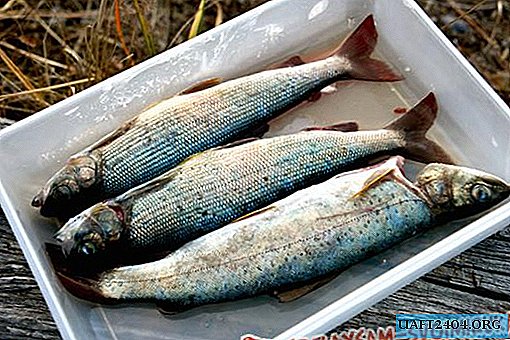
During this time we make a fire. We collect thin dry willow twigs - they will give us the coveted smoke. You can use wood chips or sawdust. However, planing a thick branch is longer than collecting what the willow is ready to give itself. Why willow, you ask? Because its smoke is not bitter, like conifers. Willow bushes are easy to find, along the banks of rivers they grow almost everywhere. If desired, twigs or sawdust of other breeds suitable for smoking can be used.
Fire burns? Getting started. Pour broken branches to the bottom of the smokehouse.
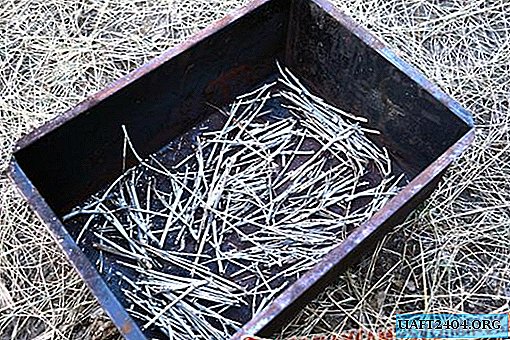
We install one of the gratings, the one with low legs. We put a tray for collecting fat on it. Now it’s the turn of the second lattice with long legs.

By the way, about the pallet. You can, of course, do without it by installing the main lattice (which is for fish) immediately above the branches. But in this case, fat and juice will drip down onto the smoking coals and burn. And the fish will turn out with a taste of bitterness.
We put our graylings and lenoks on the grill.

We set up a stand for the smokehouse above the bonfire. In our case, it was such a special grill. It is inserted into a tourist campfire stake.
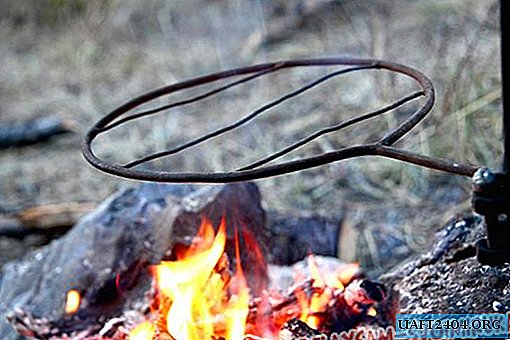
We close the smokehouse with a lid and set it on fire.
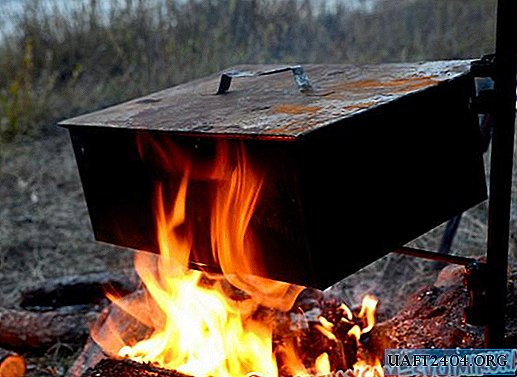
On an even, moderate flame, hold the entire structure for 15-20 minutes. Smoke will come out from under the lid at some point: our willow twigs have fallen over, smoking has begun.

Closer to completion, the process must be controlled by removing the smokehouse from the fire and opening the lid. Ready fish should have a nice brown-smoked color and look delicious.
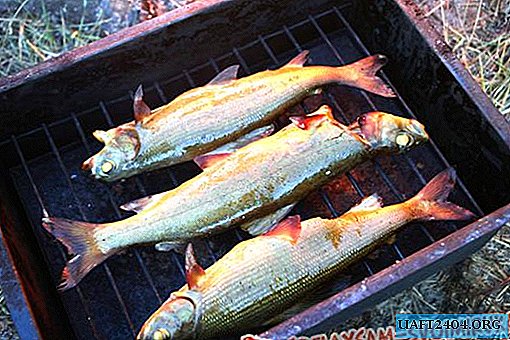
And how it smells ... Mm ... Bon appetit!
Share
Pin
Tweet
Send
Share
Send

